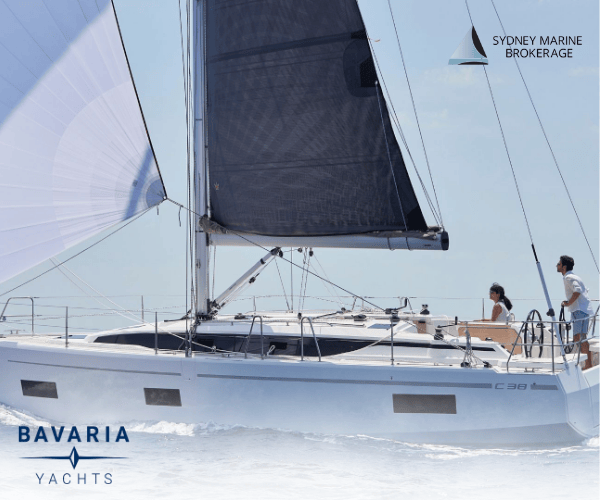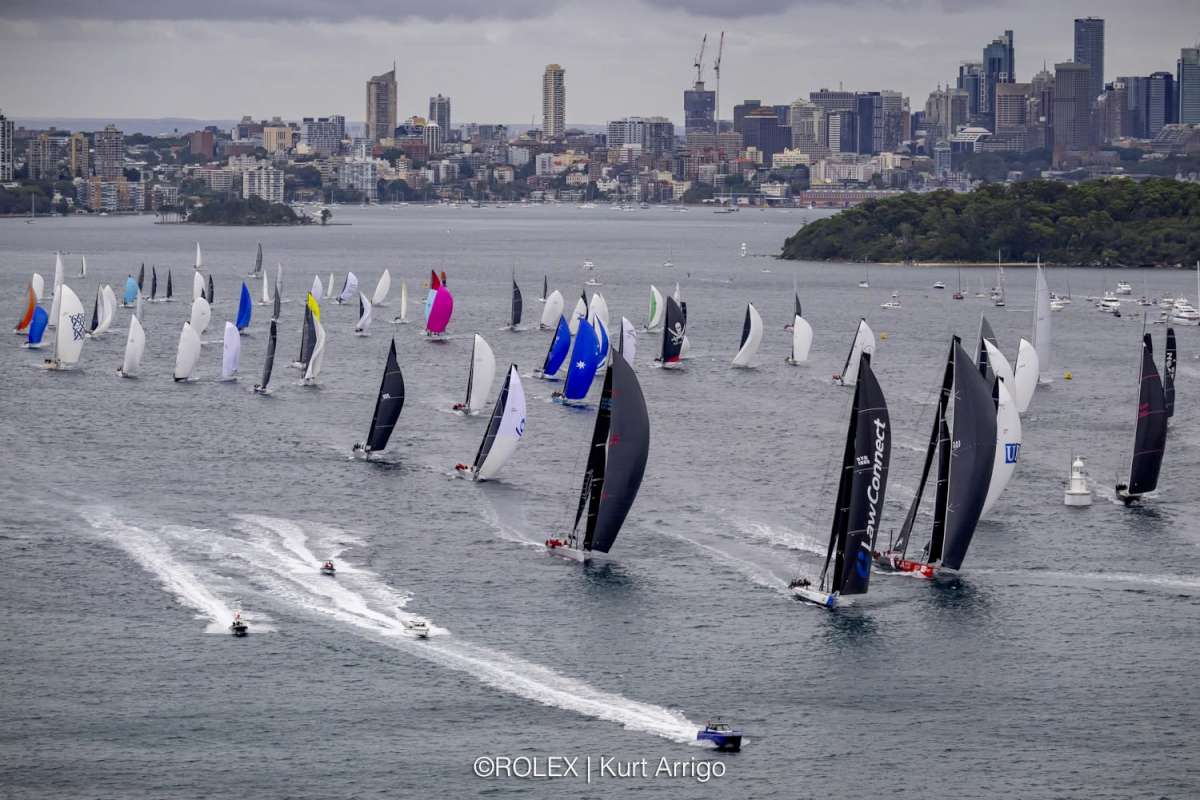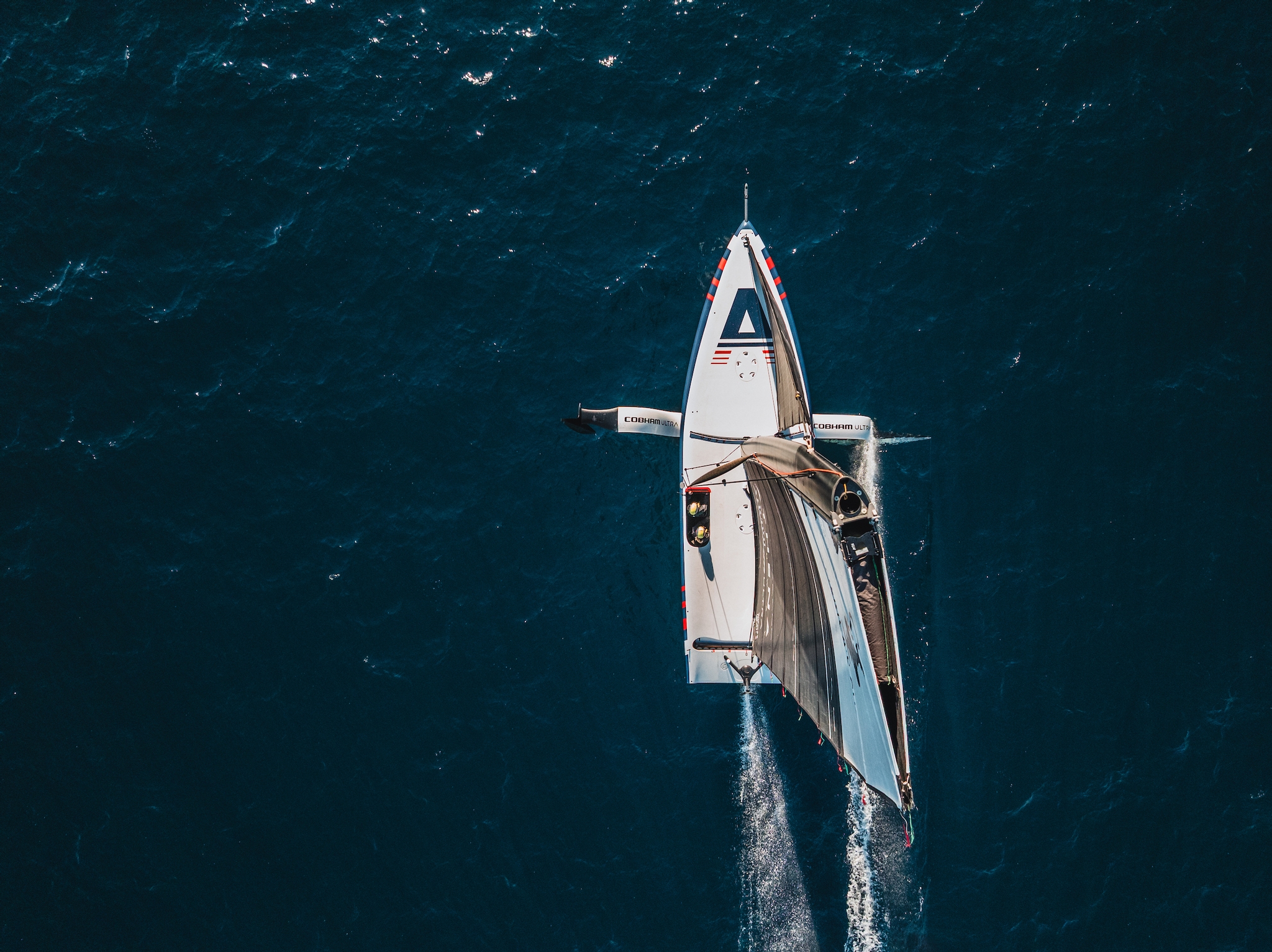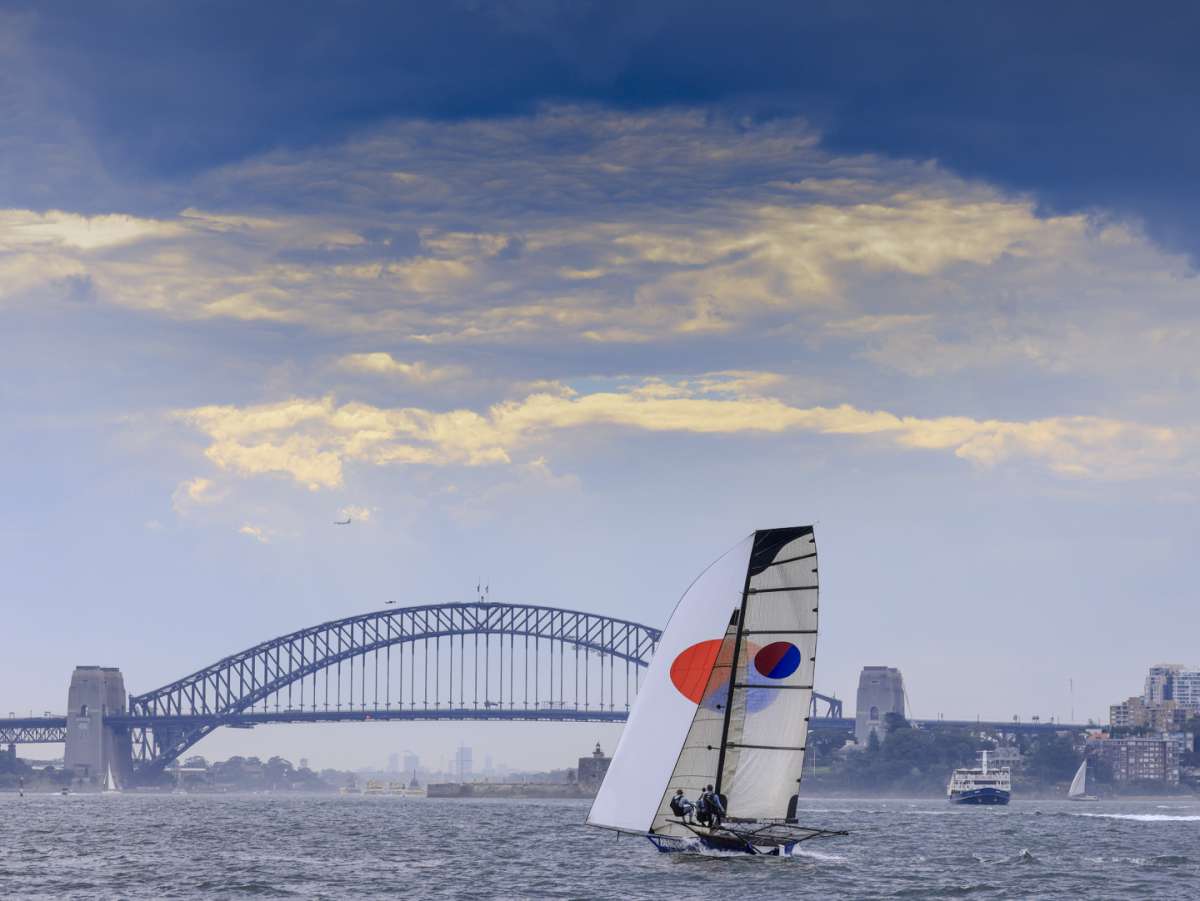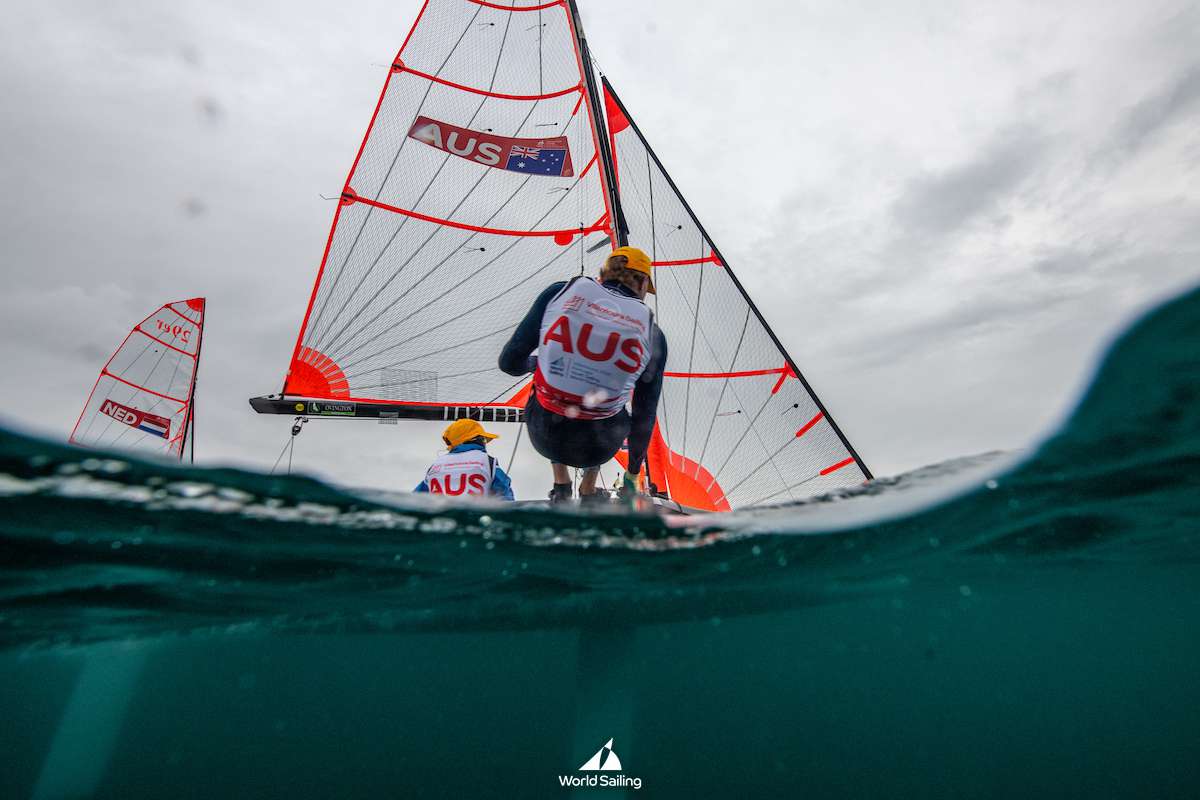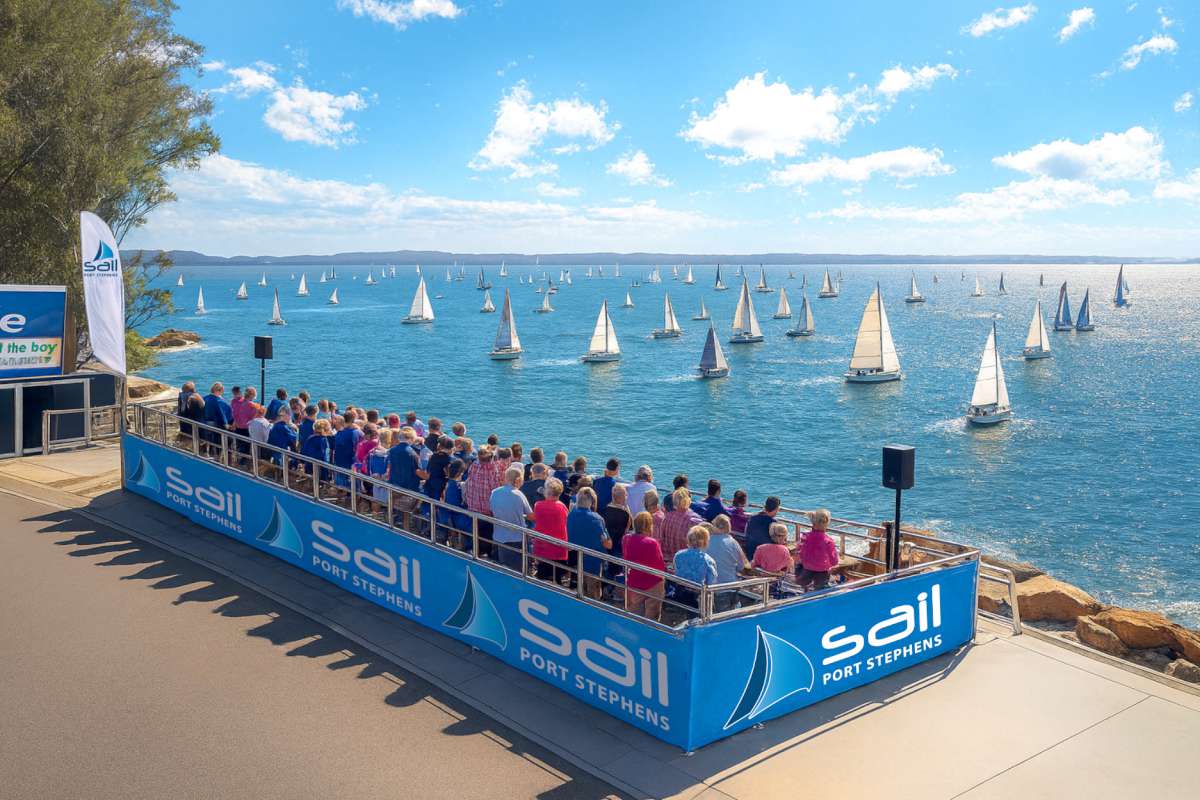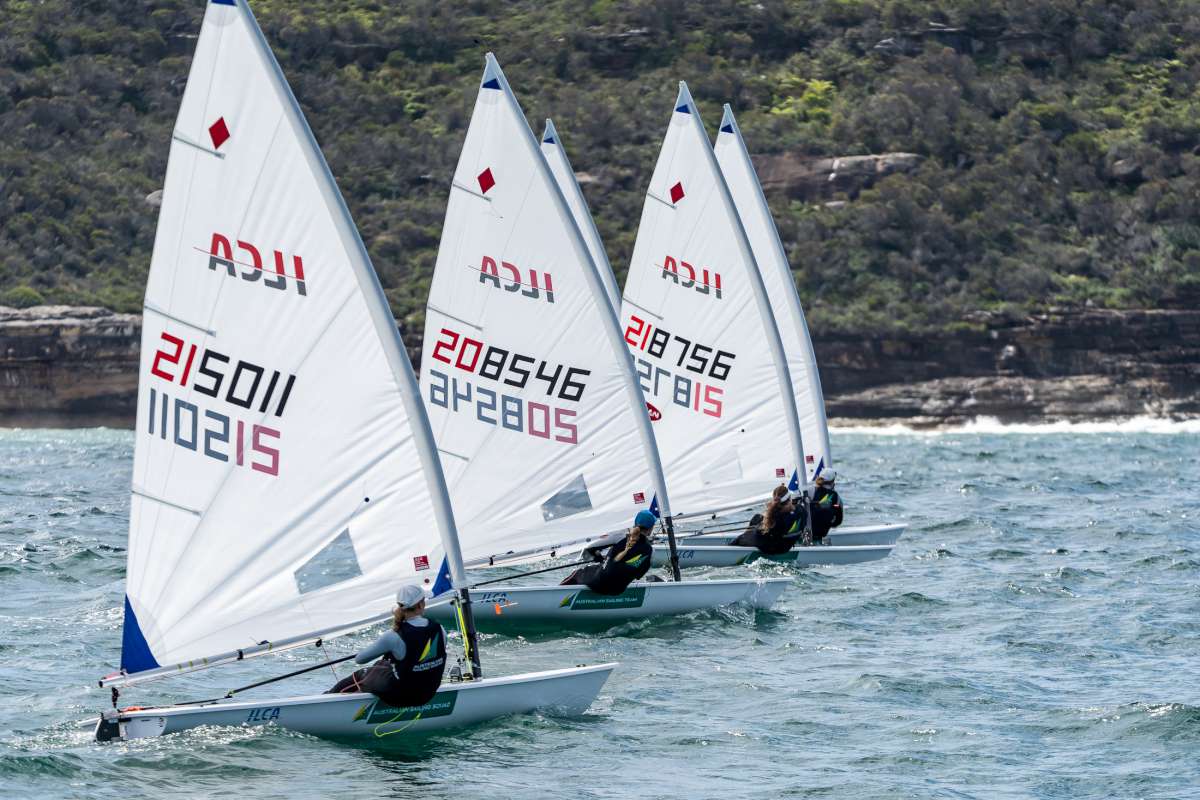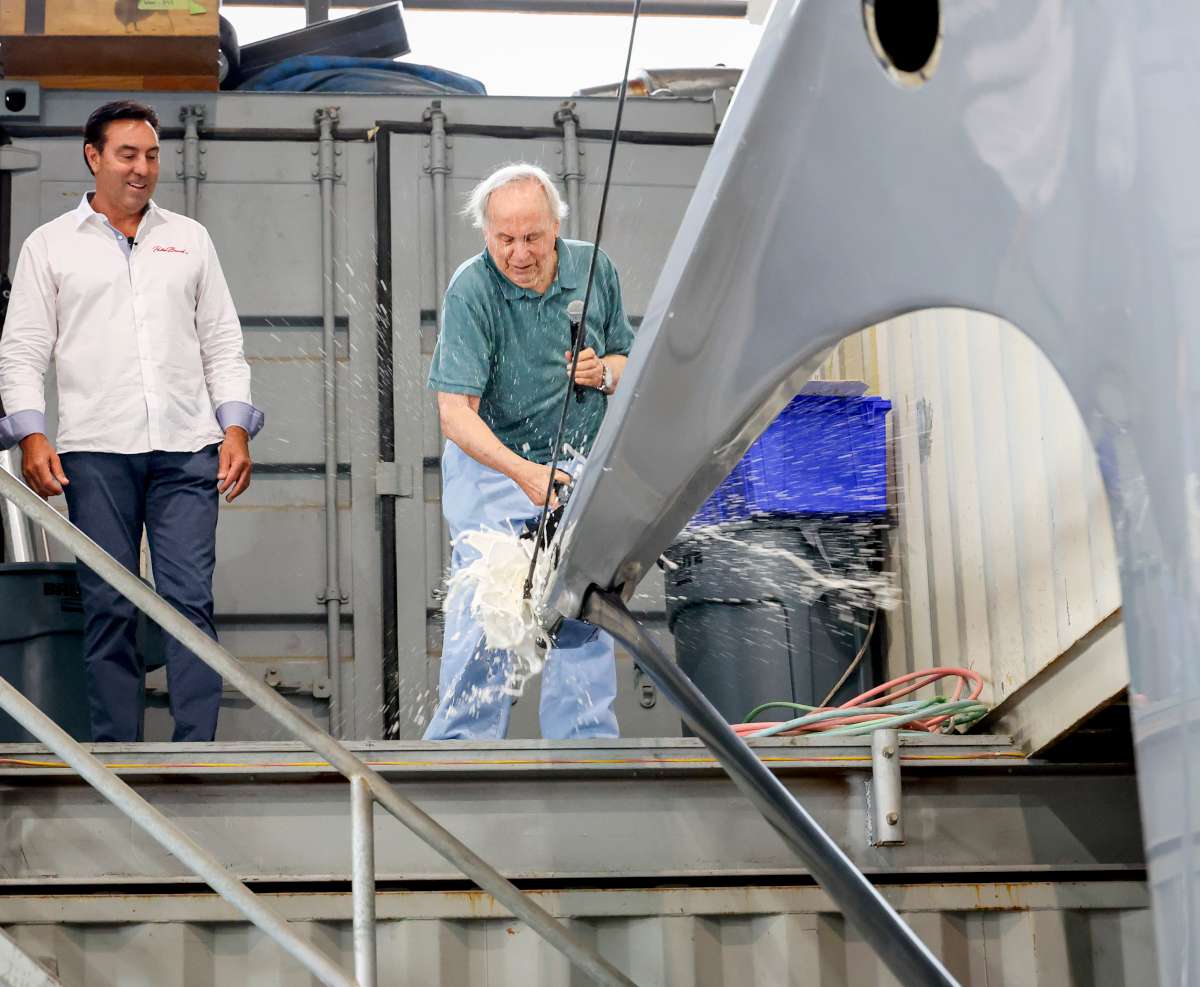PRACTICAL: RIG TUNING
The basics of adjusting the rig are covered here in this extract from a new book by Charlie Wing.
While there are unstayed rigs (rigs where the mast is strong enough to be supported only at the keel and deck), the majority of production sailboats today employ the stayed Bermuda rig, where the luff of a triangular mainsail slides up and down the mast in or on a continuous groove or track. Two subgroups of the Bermuda rig are the masthead rig and the fractional rig.
In both rigs the mast is stabilised athwartships by shrouds. Cap shrouds run from the masthead all the way to the deck. Horizontal spreaders stiffen the mast by introducing larger angles between mast and shroud. Most often, forward and aft lower shrouds prevent athwartship bending of the mast and a degree of fore-and-aft stability as well. A few modern rigs, however, have only single lowers. Rigs with more than a single pair of spreaders employ intermediate shrouds.
Fore and aft the mast is stabilised by a backstay and a forestay, both running from masthead to the deck. A baby stay (sometimes missing or removable) runs from the base of the spreaders to the foredeck. Both the advantage and the disadvantage of the masthead rig lie in its symmetry of support.
With both its base and head supported in all four directions, the masthead rig is less likely than the fractional rig to collapse. However, the ability to bend a mast fore and aft is an advantage in shaping the mainsail, accounting for the popularity of the fractional rig among racers.
Fractional rig
In the fractional rig, the arrangement of athwartship shrouds is essentially identical to that of the masthead rig.
The fore and aft stay arrangement differs, however. Here the forestay is attached to a point between two-thirds and seven-eighths of the way up the mast, and there is less commonly a baby stay. The backstay still runs to the top of the mast, but the point of attachment of the forestay is stabilised by running backstays, both port and starboard. The windward one is tensioned by means of its tackle, while the leeward one is slacked off and moved closer to the mainsail. Cruising sailboats with heavy masts sometimes dispense with running backstays, but lightweight racing masts require them to prevent mast pumping or, worse, failure.
If the mast is stepped on deck, it fits into a mast step fixed to the deck. When the mast is stepped on the keel, its base fits into a mast step fixed to the keel, and the mast is stabilised at deck level by wedges or chocking driven between the mast and the deck-level mast partners.
The advantage of the fractional rig is that its mast – particularly the upper portion – is easily bent in the fore-and-aft direction by adjusting forestay and backstay tensions. The rig is often set up with a degree of pre-bend, then the amount of bend under sail is controlled by adjusting the backstay tension. Racers change the bend of the mast to control the shape of the mainsail.
A rig will usually be pre-tuned at the dock by the crew stepping the mast. The intent of the preliminary adjustment is to make sure the mast is vertical athwartships and straight. Final tuning, particularly by racers, is often performed under sail with enough wind to heel the boat 15 to 20 degrees.
Note that rig tension involves a compromise between perfect rigidity and the structural limitations of the hull. Before performing final tuning, consult the boat's builder or designer or a professional rigger. A word of warning: prop shaft alignment should be checked after tensioning of the backstay as the shape of the hull may be affected.
Standing rigging
Stays: The fore-and-aft tilt of the mast (the rake) is controlled primarily by the length of the forestay. Starting with a fairly loose backstay, a crew member watches the sag of the forestay as the backstay is tightened. The backstay is deemed tight enough when further tightening ceases to produce a significant effect (some sag is inevitable).
Shrouds: While at the dock with no sails, release all tension on the lower shrouds. With the cap shrouds only hand tight, use the main halyard to compare distances from masthead to rail on both sides. Adjust the cap shrouds until the distances are equal (the mast is vertical). Then tighten the cap shrouds with equal turns on port and starboard turnbuckles until intuitively tight. Hand-tighten all intermediate and lower shrouds to remove slack. If there is any athwartship bend in the mast, remove it at the dock by adjusting intermediates and lowers, as shown in the underway illustrations.
Final Tuning
Final tuning may be performed under way in smooth waters with the boat heeling 15 to 20 degrees. First tighten port and starboard cap shrouds, using equal turns, until any slack in the leeward cap shroud disappears. Repeat on the opposite tack.
Due to their light construction, it is a good idea to reduce the backstay tension on racing hulls when not under way. Otherwise, the hull may creep. While this will have little effect on sailing performance, it may throw the shaft out of alignment and cause wear on the transmission and Cutless bearing.
Do not try to tighten a shroud or stay under great tension – damage to turnbuckle threads could result. In practice this means that when a shroud must be tensioned under way, you should change tacks to put it to leeward first. If you must tension the headstay under way, head off the wind first. Bear in mind that a little slack in leeward shrouds is normal and desirable. Finally, when correcting a bowed mast, remember that each tightening probably needs a corresponding loosening on the opposite side to avoid excessive tension buildup.



